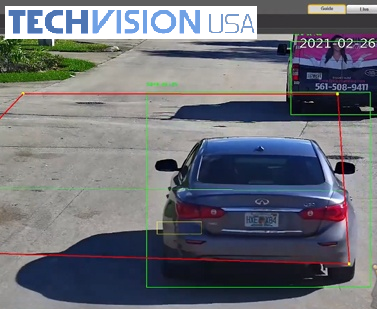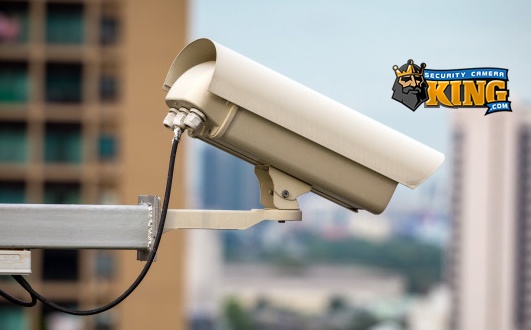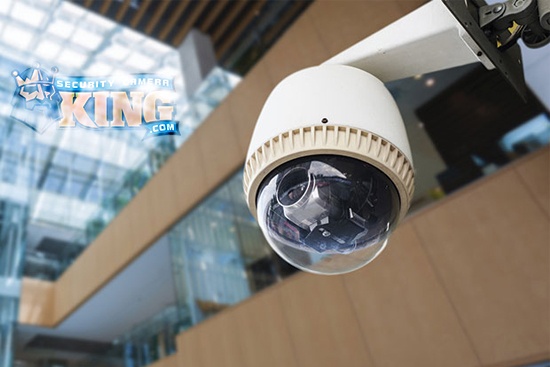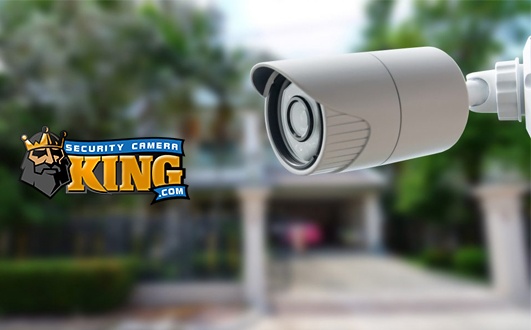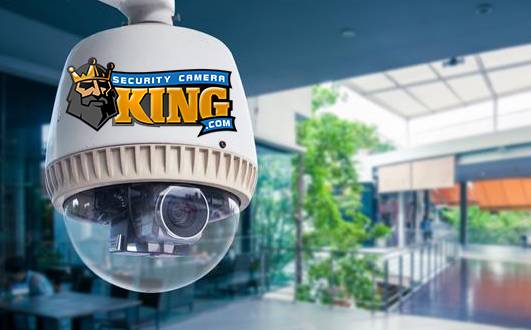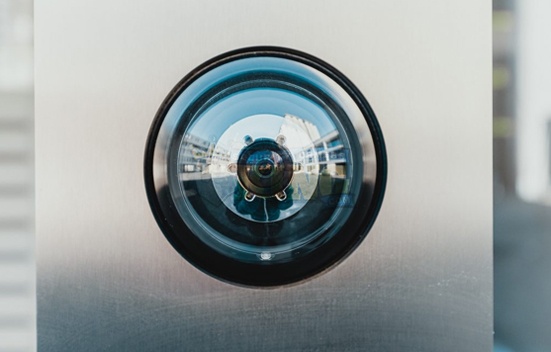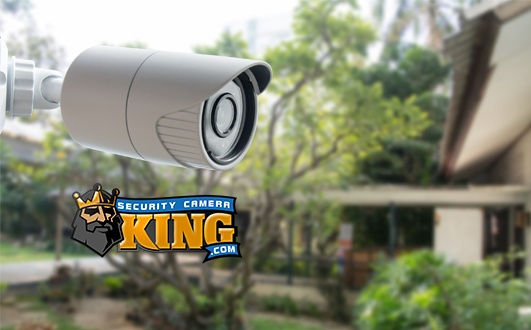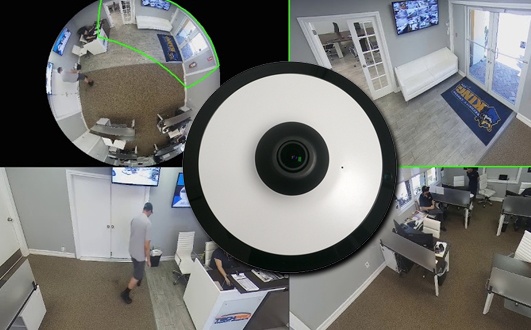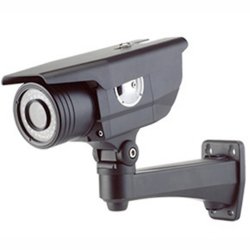 What exactly is a 640 x 480 infrared camera? This can be a complicated answer for many reasons. In the following article we will attempt to address some of the characteristics that can make this seemingly simple question so complicated. Specifically, we will briefly discuss infrared technology and the reference to display resolution and how they relate to a 640 x 480 infrared camera.
What exactly is a 640 x 480 infrared camera? This can be a complicated answer for many reasons. In the following article we will attempt to address some of the characteristics that can make this seemingly simple question so complicated. Specifically, we will briefly discuss infrared technology and the reference to display resolution and how they relate to a 640 x 480 infrared camera.
First lets discuss the meaning of “infrared” when we talk about a 640 x 480 infrared camera. The term “infrared” refers to the wavelength of electromagnetic radiation. The wavelength of infrared radiation generally ranges between 0.7 and 300 micrometers abbreviated as “µm.” The exact range and categories defined may vary slightly depending on the scale that is used to describe the radiation.
For our purposes, it is sufficient enough to know that infrared radiation is a longer wavelength than visible light, therefore the human eye cannot see it. Further, there may be several categories of infrared radiation based on wavelength but we will only consider two; “near infrared” radiation which is invisible to the human eye but is the closest in wavelength to radiation that is visible to the human eye) and “long-wavelength” also called “far infrared,” which for our discussion is the thermal imaging region which is naturally emitted by objects and requires no external or artificial illumination.
So, on this basis there are essentially two types of 640 x 480 infrared cameras. The first type, and the one most commonly used in digital video security camera systems, is the near infrared camera. This camera contains one of two electronic sensor chips, either a Charged Coupled Device (CCD) or a Complimentary Metal Oxide Semiconductor (CMOS). These sensors are able to convert the light energy into electrical energy that can be measured, thereby creating a digital image. Fortuitously, these sensors inherently detect near infrared radiation as well.
The near infrared 640 x 480 camera uses external infrared radiation (or infrared light) to illuminate the area in its field of view. These cameras use InfraRed Light Emitting Diodes or IR LEDS to illuminate the target area in order to create an image. The IR LEDs are normally configured in an array that surrounds the camera lens so that they are focused in the same direction. However, some cameras may have IR LEDs clustered off to the side of the lens and there are even separate “illuminators” that contain nothing but IR LEDs and can be mounted and aimed separately from the camera.
These cameras normally produce a color image in visible light conditions and when the visible light is not bright enough to produce a high quality video image, they switch to infrared, producing a monochromatic or black and white video image.
The far infrared 640 x 480 infrared camera does not require additional external infrared illumination. This camera uses an infrared “Focal Plane Array” or FPA sensor and is capable of creating a digital video image based solely on the thermal emissions or “heat signatures” of objects. These cameras are often called “Forward Looking InfraRed” or FLIR cameras. These cameras are also often made in a “hand held” version. Older models of these cameras had to be cooled somehow to prevent the users’ and their own thermal emissions from interfering with the image.
Far infrared 640 x 480 infrared cameras are often used not only for covert surveillance and security, but by inspectors and engineers to detect a variety of heat signatures. These cameras can be used to detect areas of heat “leakage” from a building or “hot spots” on mechanical engines and other devices.
As for the reference of “640 x 480” in a 640 x 480 infrared camera, this refers to the image resolution in pixels that the camera is capable of displaying. Far infrared cameras are more commonly referred to by their resolution in pixels, i.e. 640 x 480 infrared camera. However, digital video security cameras may also use the same description.
This can be confusing because older, analog security video cameras more commonly referred to their resolution in terms of TVL or Television Lines. Since the security camera industry today uses primarily digital video cameras, they may refer to the resolution in terms of TVL or pixels.
Perhaps the easiest way to tell the difference between the two is the price. Near infrared digital image security video cameras can be purchased for as low as less than one hundered while far infrared FLIR cameras range from one to several thousand dollars.



